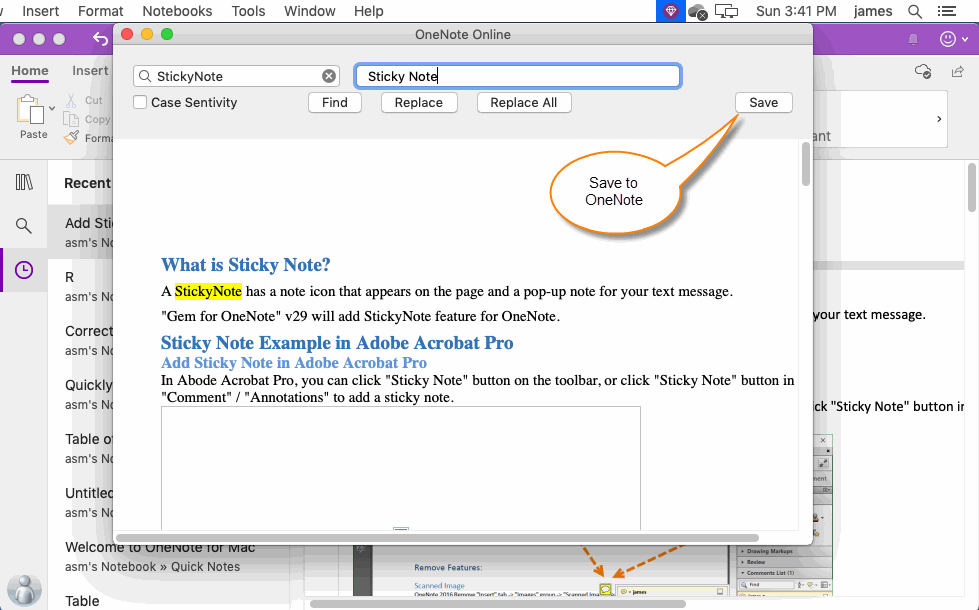

Then it forcefully changes the working directory to match the file structure/contents at that hash. Git will point the current branch at the same hash value that origin/master points to. Type the word (s) to be found into the text bar atop the screen, then hit 'Search' at the bottom.

By doing the following: git reset -hard origin/master These are all for the internal git storage mechanism, and work independently of the working directory. git/refs -type fĮach of these files contains a hash pointing to a commit: $ cat.
#Pull up find and replace on mac verification
Since the commit hash is actually a verification method for the contents of the commit, and not just a randomly generated value, it is used to match commit sets between repositories.Ī branch is just a named pointer to a given hash. git folder can hold the commits for any number of repositories. The command is: perl -pi -w -e s/SEARCHFOR/REPLACEWITH/g PATH /.
#Pull up find and replace on mac how to
Git update-ref refs/heads/ $(git rev-parse /)ĮDIT: I'd like to briefly explain why this works. Part 1: Single line to execute Find & Replace Extract from: How to Quickly Find and Replace Text Across Multiple Files with One Command. Or you can use the plumbing commands to do essentially the same: git fetch The MAC address is the physical address of a network interface. External hard drive not showing up/recognized/detected on Mac No worries In this guide, we'll show you 4 useful ways to fix the issue that external hard drive is not showing up/detected. In a network environment, nodes (network enabled equipment or objects on the network) have unique identifiers. WARNING: As stated in the comments, this will throw away your local changes and overwrite with whatever is on the origin. Find a Computer's Hostname How to determine your computer's hostname and hardware (MAC) address. This basically just takes the current branch and points it to the HEAD of the remote branch. After this, if there is no merge conflict files, try to commit. Resolve conflict for files, than add this file to commit (even if file is deleted) git add path/to/file.name. To view the front app but hide all other apps, press Option-Command-H. Try find files that has merge conflicts: git diff -name-status -diff-filterU. Command-H: Hide the windows of the front app. To find the previous occurrence, press Shift-Command-G. Command-G: Find Again: Find the next occurrence of the item previously found. Say the remote is origin and the branch is master, and say you already have master checked out, might try the following: git fetch origin Command-F: Find items in a document or open a Find window.


 0 kommentar(er)
0 kommentar(er)
